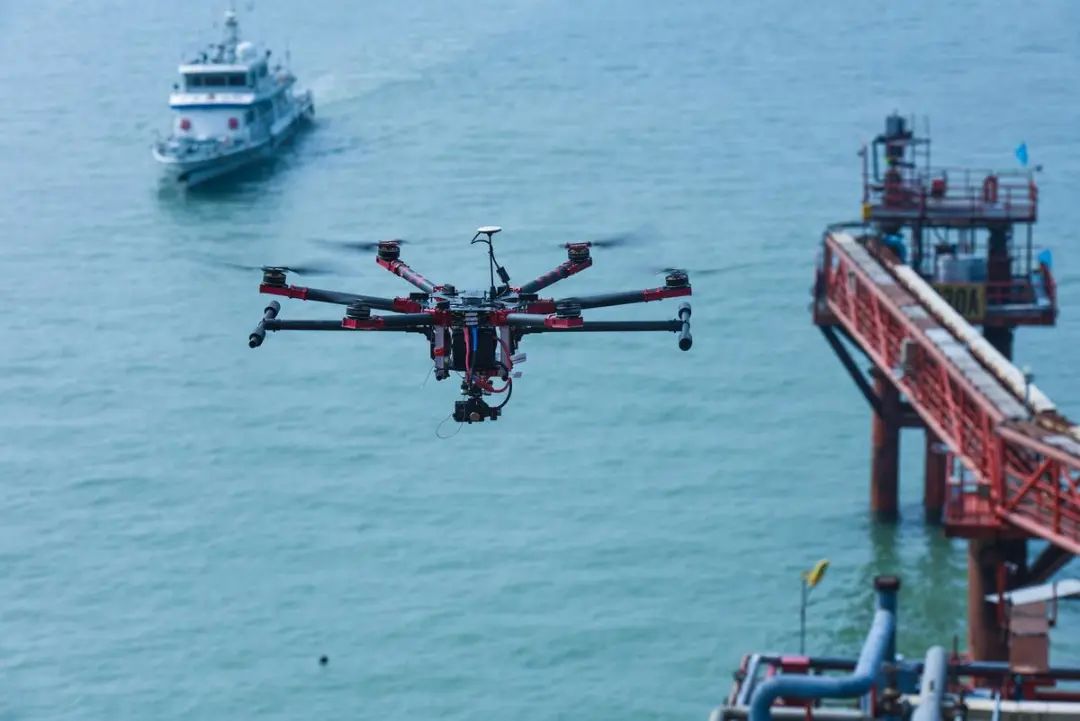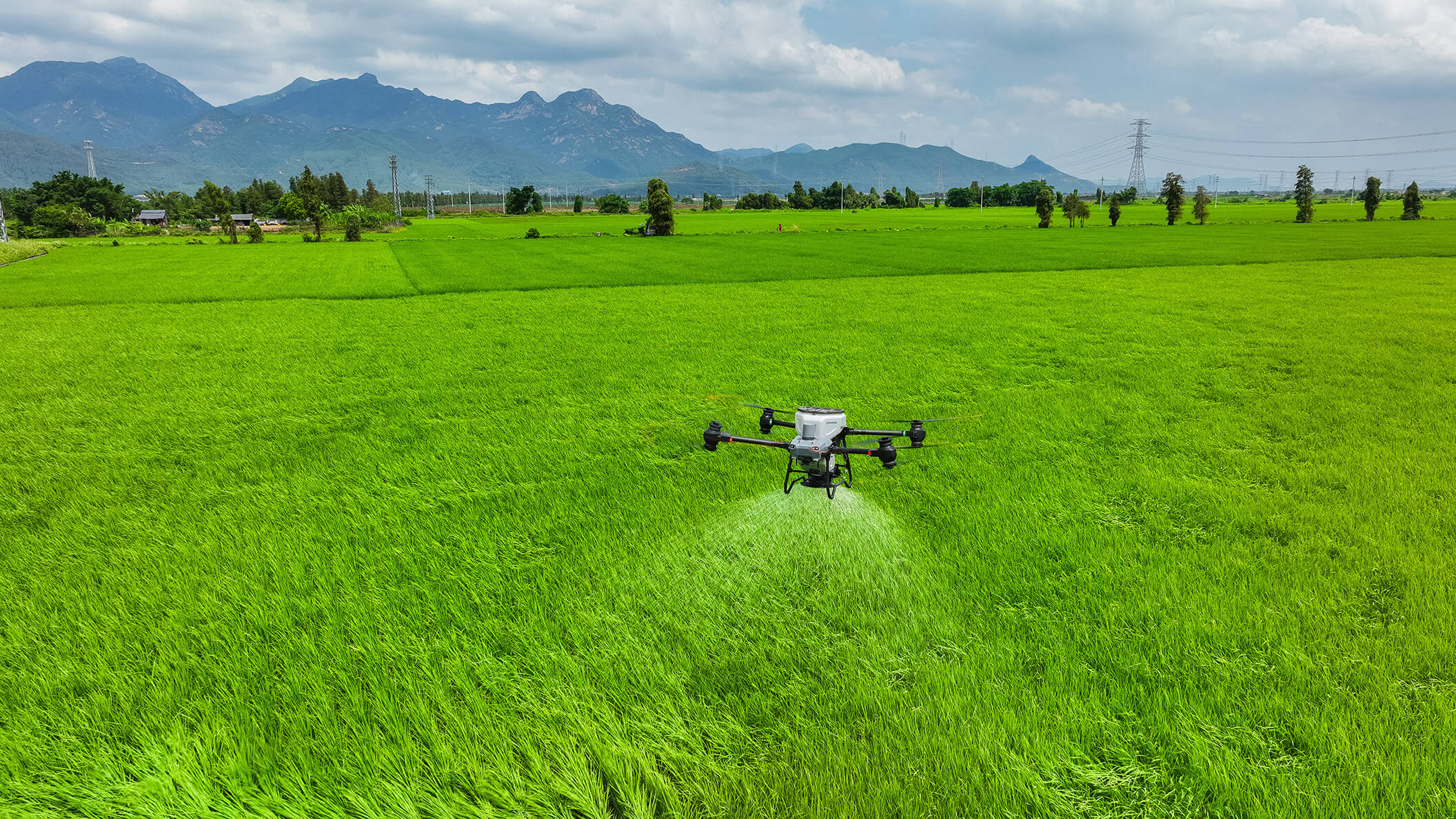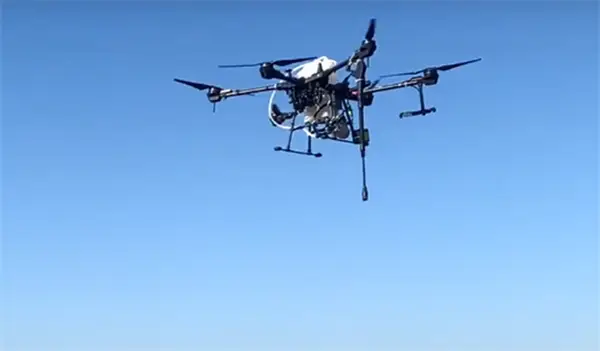
Overall size of the global drone market
Drone is the abbreviation for unmanned aerial vehicle, which is an unmanned aircraft operated by radio remote control equipment and self-contained program control devices. From a technical perspective, it can be defined as unmanned fixed wing aircraft, unmanned vertical takeoff and landing aircraft, unmanned airships, unmanned helicopters, unmanned multi rotor aircraft, unmanned umbrella wing machines, etc. Drones can be divided into military and civilian applications according to their respective fields of application. In terms of military use, drones are divided into reconnaissance aircraft and target drones. The combination of drones and industry applications is a true necessity for drones. At present, the application of drones in fields such as aerial photography, agriculture, crop protection, selfies, express delivery, transportation, disaster relief, wildlife observation, infectious disease monitoring, surveying, news reporting, power inspection, disaster relief, and film and television shooting has greatly expanded the use of drones themselves. Developed countries are also actively expanding industry applications and developing drone technology. The technical feature of drones lies in their ability to achieve high-resolution impact collection, solving problems such as long revisit cycles and delayed emergency response in traditional satellite remote sensing. The new generation of drones can be launched and recovered from various platforms, such as ground vehicles, ships, aircraft, suborbital vehicles, and satellites. In addition, unmanned aerial vehicles equipped with weapons also possess combat attributes and are known as "unmanned combat aircraft".
According to the latest report "Global Drone Market Report 2023-2029" by the QYResearch research team, it is expected that the global drone market size will reach 17.34 billion US dollars in 2029, with a compound annual growth rate (CAGR) of 11.4% in the coming years.
The overall size of the global drone market is expected to reach 17.34 billion US dollars by 2029
Ranking and Market Share of the Top 12 Global Drone Manufacturers (Continuously Updated)
Drone manufacturers worldwide mainly include DJI AeroVironment、Lockheed Martin、 Jifei Technology Textron、 Yamaha Teledyne FLIR、 Painot, IAI, Elbit Systems, etc. In 2022, the top five global manufacturers will hold approximately 64.0% of the market share.
With the continuous advancement of technology and the continuous expansion of application fields, the drone market is ushering in unprecedented development opportunities. Especially in the fields of agricultural monitoring, logistics distribution, film and television shooting, geographic surveying, and emergency rescue, the application of drones has gradually moved from concept to practice, becoming an important force driving industry change.
It is expected that by 2029, with the further maturity of intelligent and autonomous technologies, drones will be able to perform more complex and sophisticated tasks, thereby further expanding their market boundaries. At the same time, governments around the world are continuously increasing their support for the drone industry, introducing a series of policies and measures to encourage innovation and application, providing strong guarantees for the rapid development of the drone market.
In this context, competition among global drone manufacturers is becoming increasingly fierce. Leading companies such as DJI and AeroVirond continue to consolidate and expand their market share by leveraging their advantages in technological innovation, product quality, and market layout. Meanwhile, emerging forces such as Jifei Technology have gradually emerged by deeply cultivating specific fields and continuously launching new products and services that meet market demands.
In the future, with the continuous breakthroughs in drone technology and the continuous expansion of application scenarios, the global drone market will usher in a broader development prospect. At the same time, market competition will become more intense, and enterprises need to constantly innovate and upgrade to adapt to market changes and seize development opportunities.




